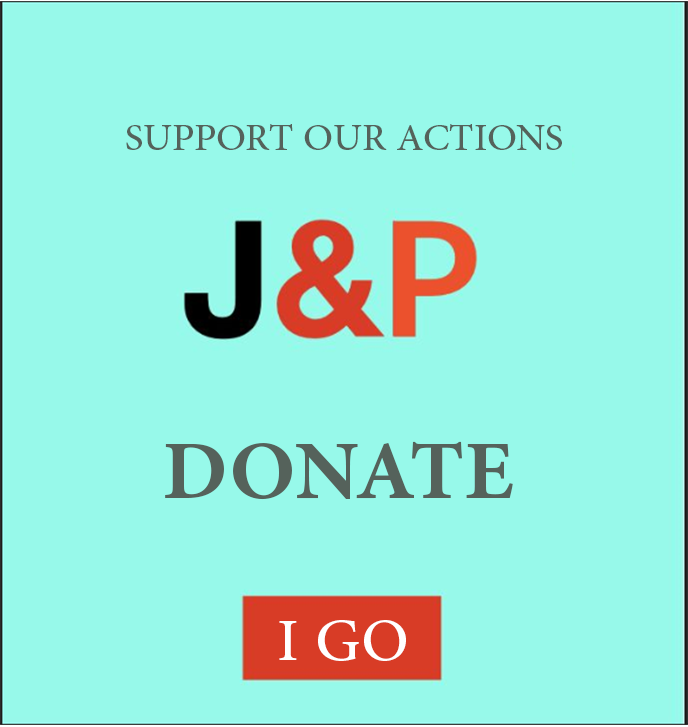Morocco/Tazarine: Henna as a lever for development
In its weekly issue, La Vie Éco focuses on henna, which is grown on an area of nearly 4,000 ha in the Drâa-Tafilalet region. The weekly reminds us that it is a shrub whose dried leaves are used as a dye, cosmetic and sometimes medicinal product. It is also used in perfumery.
According to the same source, the organization of farmers-producers of henna within the framework of cooperatives, as well as Economic Interest Groups (EIGs), was among the initiatives undertaken to better manage the actors of this sector, to strengthen their capacities and to reach sustainable production objectives, satisfactory in quantity and quality and allowing for a sustainable level of competitiveness on the market. According to the same source, the organization of farmers-producers of henna within the framework of cooperatives, as well as Economic Interest Groups (EIGs), was among the initiatives undertaken to better supervise the actors of this sector, to strengthen their capacities and to achieve sustainable production objectives, satisfactory in quantity and quality and allowing for a sustainable level of competitiveness on the market.
Among the structures active in this field is the Aitmatan agricultural cooperative in the municipality of Tazarine, which is making significant efforts to develop the henna industry and strengthen its contribution to the local socio-economic dynamic, notes La Vie Éco. Its president, Brahim El Metyry, explains that the cultivation of henna in Tazarine is linked to an ancestral local know-how, pointing out that this herbaceous plant can be harvested up to four times a year between the months of May and November after flowering.
In the columns of La Vie Éco, the president of the agricultural cooperative Aitmatan specifies that the plots of land destined for this plantation are the object of intense work each year, notably for levelling, irrigation by planks, transplanting or cleaning. According to him, the henna gives, in general, 3 cuts per year from May, while a 4th is possible when conditions are very favorable, adding that yields vary between 1 and 1.8 tons per Ha.
According to Brahim El Metyry, the culture of henna in Tazarine, linked to a local know-how bequeathed from father to son, plays an important socio-economic role as the main source of income for the vast majority of farmers in this oasis region.
The president of the agricultural cooperative stresses the importance of combining the efforts of all stakeholders to strengthen the dynamics of the henna industry in Tazarine.The president of the agricultural cooperative stresses the importance of combining the efforts of all stakeholders to strengthen the momentum of the henna industry in Tazarine, meet its challenges and meet the need to develop all sub-sectors related to the oasis ecosystem.
Source: m.le360.ma


